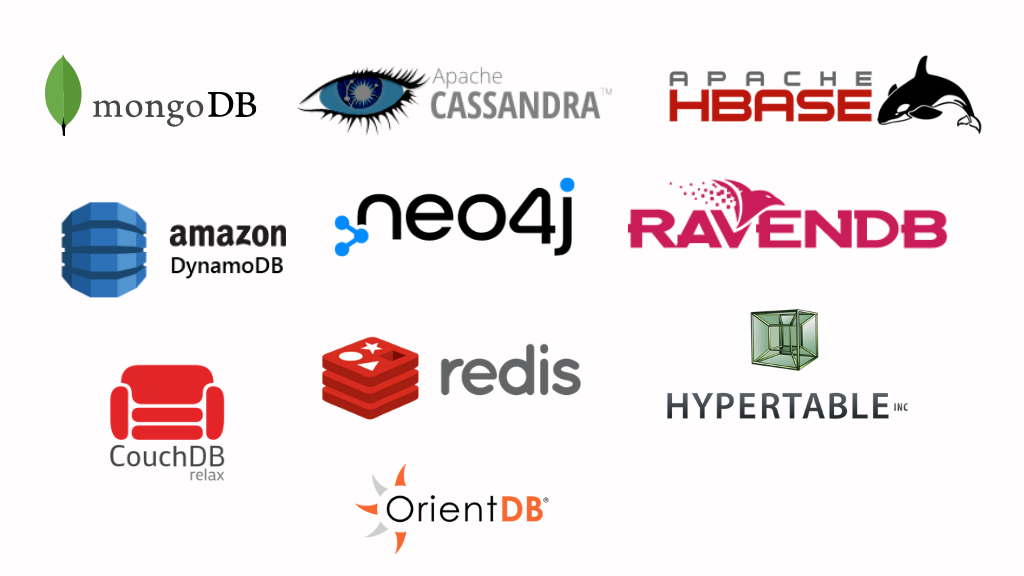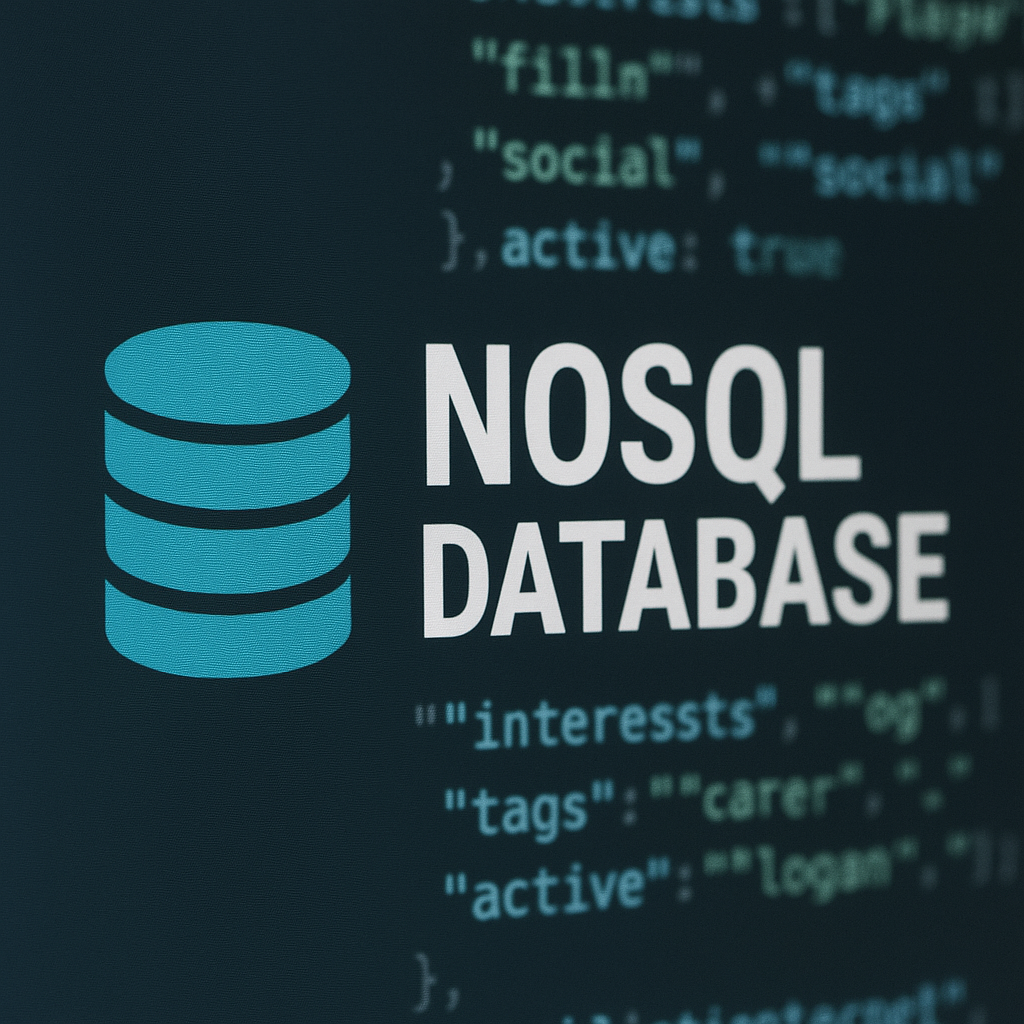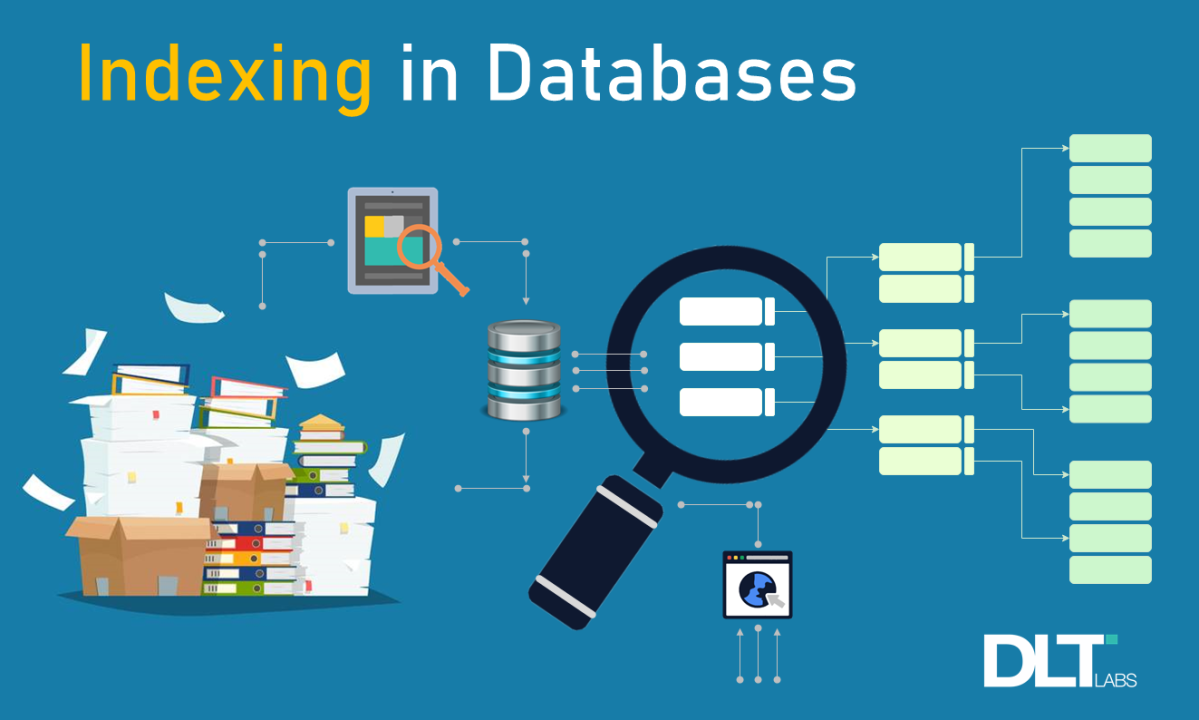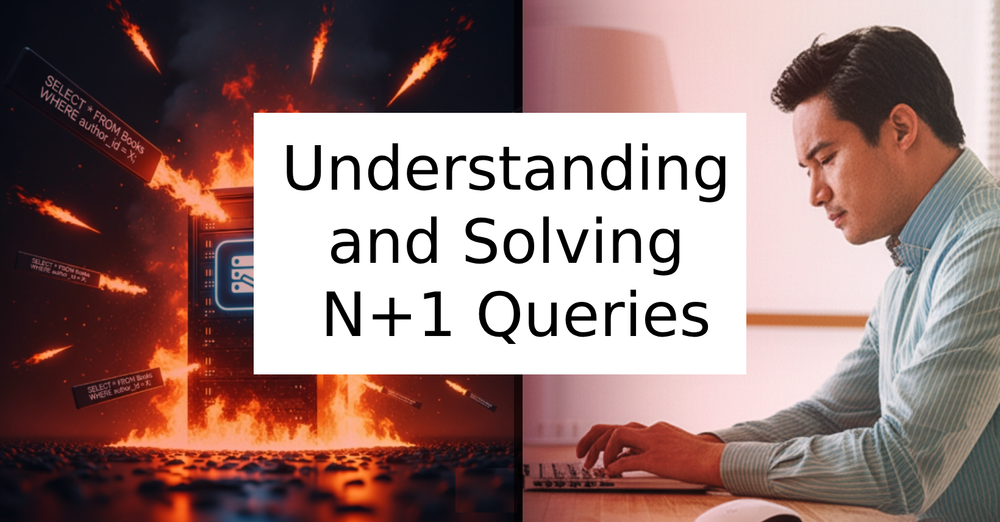In today’s data-driven world, flexibility, speed, and scalability are essential. That’s why NoSQL databases have become a go-to solution for modern applications. Whether you're building a real-time chat app, a recommendation engine, or a massive e-commerce platform, NoSQL offers a powerful alternative to traditional relational databases.

What is NoSQL
NoSQL stands for “Not Only SQL”. It refers to a family of databases that are non-relational and designed to handle large volumes of unstructured or semi-structured data. Unlike traditional SQL databases, NoSQL systems offer flexible schemas, horizontal scalability, and high performance.
Key Advantages of NoSQL
1. Flexible Data Models
- No fixed schema: You can store data without defining a strict structure.
- Great for evolving applications: Easily add new fields without migrations.
- Ideal for unstructured or semi-structured data like JSON, XML, or logs.
Example: In a product catalog, different products can have different attributes (e.g., shoes vs. laptops).
2. High Performance and Speed
- Optimized for fast read/write operations, especially in key-value and document stores.
- In-memory databases like Redis offer sub-millisecond latency.
Example: Real-time analytics dashboards or chat applications.
3. Horizontal Scalability
- Easily scale out by adding more servers (nodes).
- Designed for distributed architectures from the ground up.
Example: Cassandra and MongoDB can handle petabytes of data across clusters.
4. High Availability and Fault Tolerance
- Many NoSQL databases support replication and automatic failover.
- Data is distributed across multiple nodes to ensure uptime.
Example: DynamoDB and Couchbase offer built-in redundancy.
5. Developer-Friendly
- Store data in natural formats like JSON or BSON.
- No complex joins or SQL syntax—just simple queries.
- Many NoSQL databases offer rich APIs and SDKs for popular languages.
Example: MongoDB’s query language is intuitive and JSON-like.
6. Big Data and Real-Time Use Cases
- Designed to handle massive volumes of data.
- Ideal for streaming, IoT, and analytics workloads.
Example: Apache Cassandra is used by Netflix for real-time data ingestion.
Variety of Data Models

1. Document Databases (e.g., MongoDB, CouchDB)
■ Use Case: Content Management Systems (CMS)
- Why: Content varies in structure (articles, videos, comments).
- How: Store each content item as a document with flexible fields.
- Example: A blog platform where each post has different metadata.
■ Use Case: E-commerce Product Catalogs
- Why: Products have different attributes (e.g., size, color, brand).
- How: Each product is a document with dynamic fields.
- Example: Amazon-style product listings.
2. Key-Value Stores (e.g., Redis, DynamoDB)
■ Use Case: Caching Layer
- Why: Ultra-fast access to frequently used data.
- How: Store session data, user preferences, or API responses.
- Example: Caching user profile data to reduce database load.
■ Use Case: Real-Time Leaderboards
- Why: Need fast read/write for scores and rankings.
- How: Store user scores as key-value pairs.
- Example: Online gaming platforms.
3. Column-Family Stores (e.g., Apache Cassandra, HBase)
■ Use Case: Time-Series Data
- Why: Efficient for storing and querying large volumes of time-stamped data.
- How: Each row represents a time point, columns store metrics.
- Example: IoT sensor data, stock market feeds.
■ Use Case: Recommendation Engines
- Why: Need to store user-item interactions at scale.
- How: Columns represent items, rows represent users.
- Example: Netflix or Spotify recommendation systems.
4. Graph Databases (e.g., Neo4j, ArangoDB)
■ Use Case: Social Networks
- Why: Relationships (friends, followers) are first-class citizens.
- How: Nodes = users, Edges = relationships.
- Example: Facebook friend graph.
■ Use Case: Fraud Detection
- Why: Detect suspicious patterns in connected data.
- How: Analyze transaction paths and user connections.
- Example: Banking systems tracking money laundering.
Summary Table
| NoSQL Type | Best For | Real-World Example |
|---|---|---|
| Document | Flexible, semi-structured data | CMS, Product Catalogs |
| Key-Value | Speed, simplicity | Caching, Leaderboards |
| Column-Family | Big data, analytics | IoT, Recommendations |
| Graph | Relationships, network analysis | Social Media, Fraud Detection |
NoSQL databases are not a replacement for SQL—they’re a complement. They shine in scenarios where flexibility, scalability, and speed are critical. By understanding their strengths and use cases, you can choose the right tool for your next big project.



